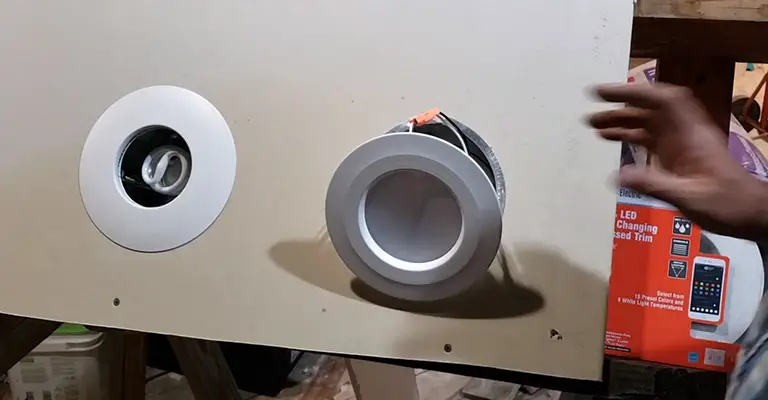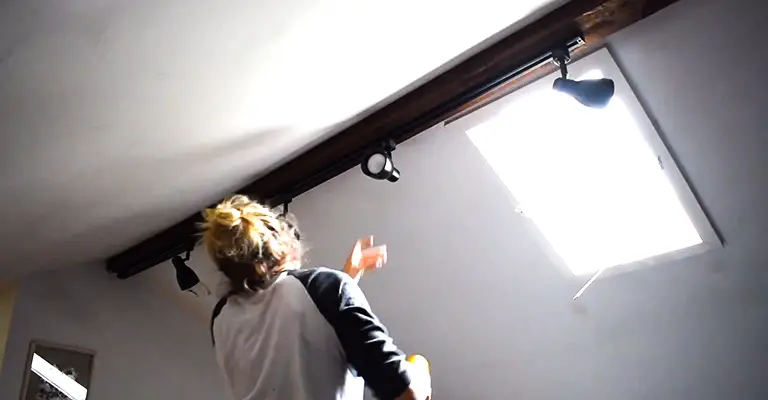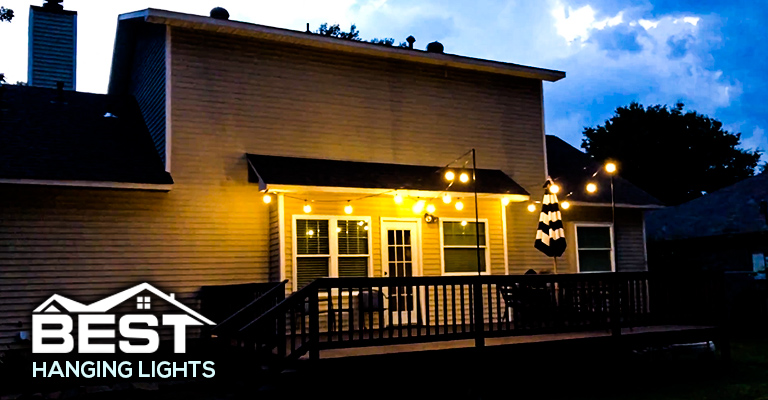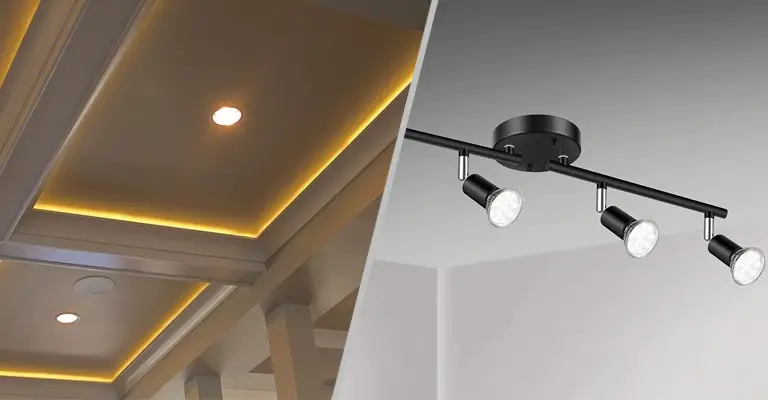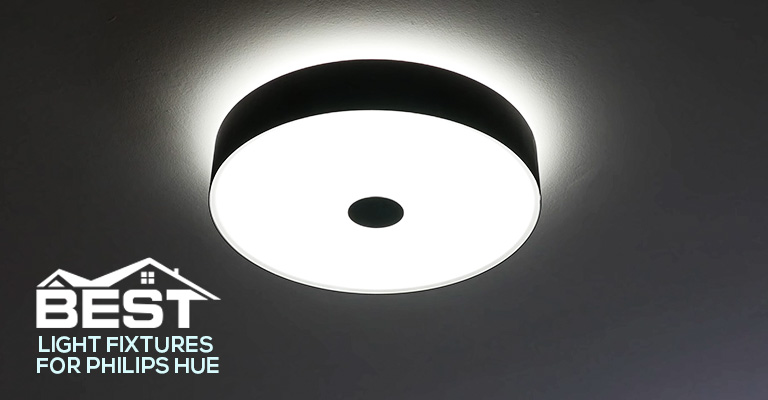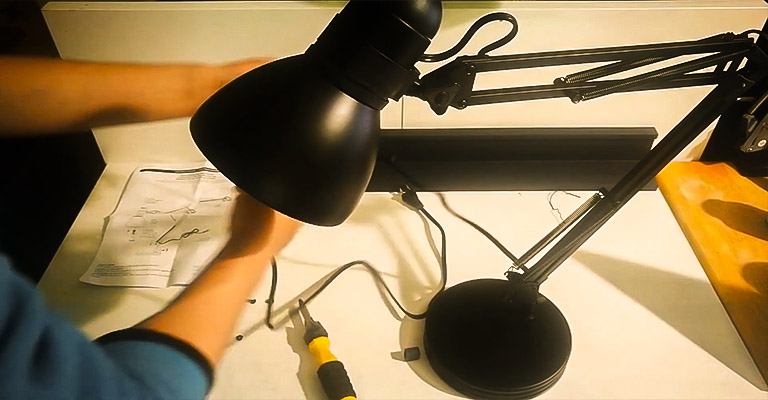How Do You Tell A Real Tiffany Lamp?
There is nothing more beautiful than a Tiffany lamp. The extravagantly decorative lamps and light fittings from the early 20th-century date back to the Art Nouveau movement. They are today highly collectible.
You’ll need to know your stuff if you’re looking for Tiffany lamps for your home and your art collection. The following are some signs that a Tiffany lamp is genuine.
By soldering small pieces of colored glass together to create enchanting and individual objects, Tiffany & Co‘s iconic stained-glass lamps, lampshades, lights, and window panels were handcrafted by Tiffany & Co in the style of Louis Comfort Tiffany.
Lamps made by Tiffany from 1890 to 1930 are true Tiffany lamps. A Tiffany lamp can be worth anywhere between $4000 and $1 million. One million-dollar Tiffany lamps are the most expensive.
Today, replica Tiffany lamp styles are mass-produced all over the world, from China to India to Vietnam. Nowadays, instead of using traditional manufacturing techniques to cut stained glass, industrial water jet machines are used to cut the glass.
These pieces have no unique characteristics; they are crafted in factories by trained employees following a set design, which is done by hand. Consequently, it is now getting more difficult to tell a Tiffany lamp from a newer fake.
Tiffany lamp lovers may have a hard time coping with this. For an investor in fine antique lighting, then, it pays to be extremely attentive and on the lookout for fakes.

How To Tell A Real Tiffany Lamp From A Fake
To help you separate the wheat from the chaff, pay attention to the following characteristics when you discover a possible antique find: the shade, the lamp base, and the finish.
Step 1
Take a look underneath the lamp base after turning the lamp over. Locate the gray metal ring by lifting the cap. In the original Tiffany lamps, a solid lead ring was enclosed by a hollow bronze body.
A mosaic or enameled base is sometimes used. Usually, reproduction lamps use wood, white metal, brass, zinc, or even plastic bases instead of metal.
Step 2
Patina is a brown to green film that develops naturally on the surface of the bronze (or similar metal) as a result of oxidation over time.
There are many ways to tell between an original best quality Tiffany lamp and a forgery, including the patina of the lamp, which may be fake in some cases.
Step 3
You will have a good indication of whether or not the lamp is real by examining the quality of workmanship on the lamp base.
Original Tiffany lamp bases are of the highest quality, while imitations use inferior materials, such as hard plastic or zinc, and are poorly crafted.
Step 4
Stamps or signatures can determine authenticity, but you need to know what to look for. As Tiffany’s markings change over the years, it has become easier to copy Tiffany’s system of cuttings or etchings in lamp bases. Using this feature alone is not a good idea.
Step 5
Be sure to look at the knobs of the lamp base while looking at it. In some cases, actual Tiffany lamps might have been operated by pull chains or turn-paddle knobs.
Step 6
Now, let’s focus our attention on the famous stained-glass shade. If you’re looking for an authentic Tiffany shade, it should be either a globe or cone shape, flowing organically.
Fake reproductions are typically rigid in shape. In terms of the motifs used, geometric patterns, botanical designs, butterflies, dragonflies, spiders, and peacock feathers were all popular designs.
Step 7
You should now tap the lampshade lightly against the glass. What is the condition of the glass? Does it rattle? Typically, Tiffany lamp experts say that if it does, the lamp may be a fake.
Step 8
Known for their vivid colors and textures, Tiffany lamps are known across the world for their stunning design. A lamp that has tiny fragments of glass – known as confetti glass – is sure to be authentic. Inspect the glass closely and check for these specks of color.
Step 9
To be authentic, golden glass should appear translucent and have an amber sheen. However, the appearance of pale gold color with a green tint, or a silver sheen on other glass colors, is a sign of fakery.
Step 10
Use a cotton swab dipped in nail varnish remover to safely test the authenticity of the glass being used. If a Tiffany lamp is genuine, the color pigment will be embedded in the glass and will never rub off, but if the glass is fake, the paint will come off with the rubbing.
Pro Tips
Original Tiffany lamp bases are of the highest quality, while imitations use inferior materials, such as hard plastic or zinc, and are poorly crafted.
Stamps or signatures can determine authenticity, but you need to know what to look for. As Tiffany’s markings change over the years, it has become easier to copy Tiffany’s system of cuttings or etchings in lamp bases.
Using this feature alone is not a good idea. A Tiffany lampshade is traditionally shaped either in the form of a globe or a cone and should flow organically.
A fake reproduction typically has a rigid form. Known for their vivid colors and textures, Tiffany lamps are known across the world for their stunning design. A lamp that has tiny fragments of glass – known as confetti glass – is sure to be authentic. Inspect the glass closely and check for these specks of color.
To be authentic, golden glass should appear translucent and have an amber sheen. On the other hand, sheer gold or green tints are signs of fakery, as is a silver sheen on other glass colors.
Real Tiffany lamps contain pigment embedded in the glass, which will not rub off when rubbed, whereas fake Tiffany lamps feature painted glass, which will rub off when rubbed.
Are All Tiffany Lamps Marked?
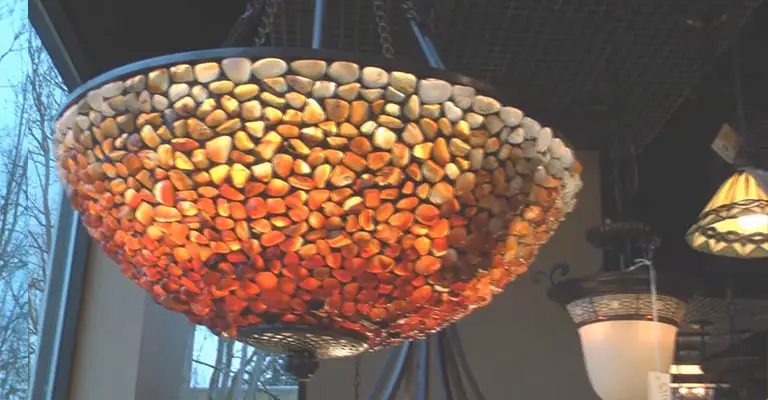
Tiffany Studios lamps exist in a variety of high-quality replicas and forgeries. Some of them are so good that they can fool both collectors and dealers. The products continue to be produced after more than 55 years.
Imitations are marked with stamps, signatures, and other markings to resemble the real thing during and after production. Expert appraisers and collectors can only distinguish tiffany’s distinctive style with a trained eye.
Final Words
Identifying authentic Tiffany lamps from their myriad replicas can be quite the task, especially for those unfamiliar with the intricacies of antique lighting. The distinction between authentic Tiffany lamp shades and their counterfeits often lies in the subtleties: the iconic stained glass shade’s craftsmanship, the telltale grey metal ring, and the specific nuances of the base design. It’s essential to arm oneself with knowledge and keen observation to differentiate between genuine Tiffany lamps and tiffany-style lamps that, although beautiful, lack the authenticity and value of the real deal.
The market is flooded with both genuine antique Tiffany lamps and imitations, making it imperative for collectors and enthusiasts to be vigilant. A genuine Tiffany lamp is not just about the luminescence it offers; it’s a testament to the rich history and artistry of the Tiffany era. Hence, always be wary of fake Tiffany glass or details that seem out of place.
In conclusion, while tiffany-style lamps can capture the essence and charm of the original, nothing beats the allure and craftsmanship of authentic antique Tiffany lamps. By paying attention to the aforementioned cues and doing diligent research, you can ensure that the lamp you’re investing in is genuine and worth its weight in history and art.

